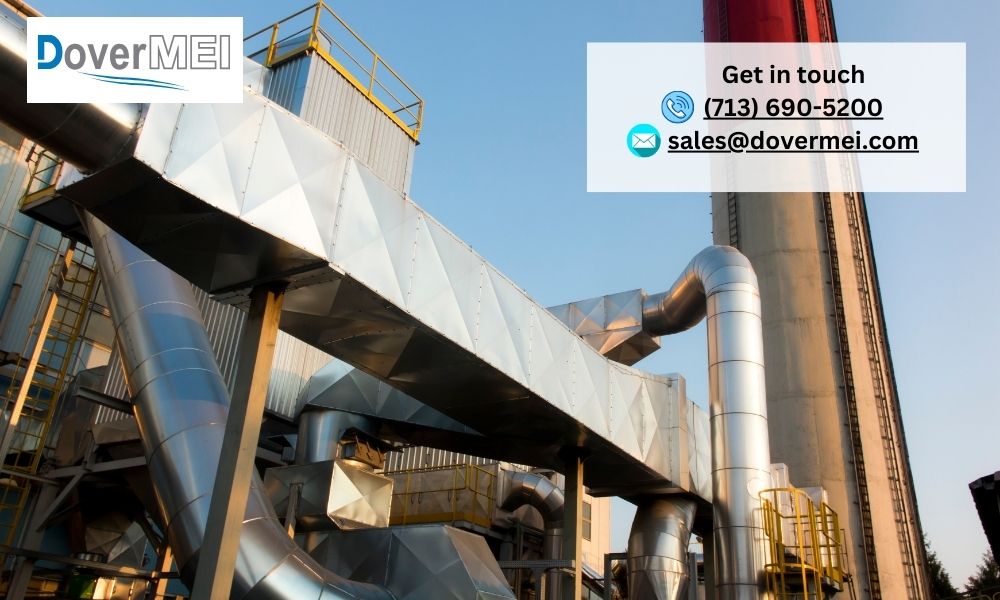In industrial environments, dust collection systems are essential for protecting air quality, maintaining worker safety, and ensuring compliance with environmental regulations. However, the efficiency of these systems depends greatly on how they are installed and configured. Implementing energy-efficient dust collection installation practices not only reduces operational costs but also supports sustainability goals without compromising performance.
Designing an Energy-Efficient Dust Collection System
Proper System Sizing
An oversized dust collection system wastes energy, while an undersized one fails to meet air quality standards. Conducting a detailed airflow analysis ensures the system matches the facility’s specific dust load and application requirements.
- Measure cubic feet per minute (CFM) for each collection point.
- Avoid unnecessary overcapacity to reduce fan energy usage.
- Use variable frequency drives (VFDs) to adjust airflow dynamically.
Optimizing Ductwork Layout
Inefficient ductwork design increases static pressure, forcing fans to work harder.
- Use straight runs wherever possible to minimize turbulence.
- Install gradual transitions instead of abrupt changes in duct size.
- Avoid sharp bends; use long-radius elbows to improve airflow.
- Seal all joints to prevent leaks that waste suction power.
Selecting High-Performance Dust Collectors
Cartridge Collectors for Energy Savings
Cartridge collectors offer higher filtration efficiency with less pressure drop, resulting in reduced fan horsepower requirements.
- Ideal for fine dust applications like woodworking or pharmaceutical manufacturing.
- Require less compressed air for filter cleaning, lowering operational costs.
Baghouse Collectors with Efficient Pulse-Jet Cleaning
Modern baghouses with on-demand cleaning systems use sensors to trigger filter cleaning only when necessary, minimizing compressed air usage.
Improving Filtration Efficiency for Lower Energy Use
Choosing Low-Resistance Filters
High-quality filters with low initial pressure drop reduce fan workload and energy costs.
Regular Filter Maintenance
Clogged filters increase resistance, forcing fans to work harder. Establish a proactive maintenance schedule to ensure consistent performance.
Reducing Compressed Air Consumption
Compressed air is one of the most expensive utilities in industrial operations.
- Implement differential pressure-based cleaning cycles instead of timer-based cycles.
- Check for leaks in compressed air lines regularly.
- Use low-pressure cleaning systems where feasible.
Leveraging Energy Recovery Systems
Some dust collection systems can integrate heat recovery units to capture warm exhaust air, which can then be reused to heat the facility in colder months. This reduces overall HVAC energy usage.
Benefits of Energy-Efficient Dust Collection Installation
- Lower Operating Costs – Reduced power and compressed air usage directly decrease utility expenses.
- Extended Equipment Life – Optimized systems reduce mechanical strain on fans, motors, and filters.
- Improved Air Quality – Consistent performance ensures worker safety and compliance with OSHA and EPA standards.
- Sustainability Impact – Lower energy use reduces the facility’s carbon footprint.
Conclusion: Partner with Experts for Maximum Efficiency
At DoverMEI, we specialize in designing and installing energy-efficient dust collection systems that deliver optimal performance, lower operational costs, and extend equipment life. Our expert team ensures every component—from ductwork to filtration—is engineered for maximum efficiency.

